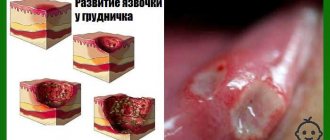How does it arise
What is diaper dermatitis? This is an inflammatory reaction of the baby’s skin to chemical, physical, as well as microbial and mechanical factors.
Children who are deprived of breastfeeding are in a dangerous zone for getting and developing inflammation. Diaper dermatitis affects 60% of newborns. Diaper dermatitis in children occurs in infancy and can last until the child is about three years old. The duration of the disease depends on the properties of the child’s skin and the nature of his diet.

The most common reason for its appearance is violations of the rules of infant hygiene. Unfortunately, not all young mothers understand what can provoke irritation. The appearance of any rash should prompt the mother to consult a doctor, and after seeing a photo of diaper dermatitis and its consequences, parents should regularly observe the baby’s hygiene.
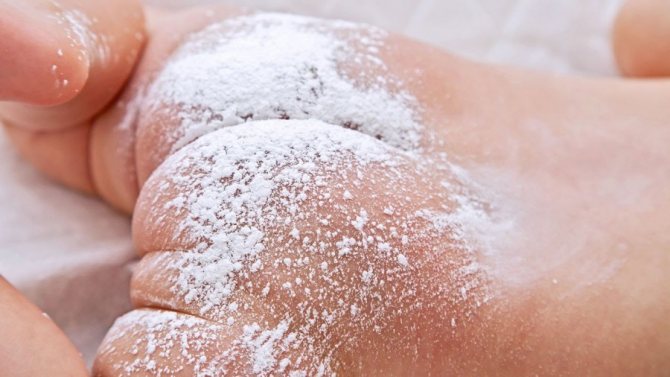
Diagnostics
The pediatrician’s task is not only to confirm or refute diaper dermatitis in an infant, but also to distinguish it from other skin diseases - atopic or allergic dermatitis, seborrheic inflammation or contact dermatitis. These conditions require different treatments using different medications.
Diaper dermatitis is diagnosed quite easily based on its characteristic visual signs. It can be more difficult to determine which bacterium or fungus caused the secondary inflammation if there is an associated infection.
In this case, the doctor makes a scraping from the eczema and sends it to a bacteriological laboratory in order to know exactly which pathogens are being treated and what needs to be dealt with. If the doctor finds that the area around the anus is most inflamed, he will definitely ask you to take a stool test to rule out increased acidity of the stool, intestinal infections and parasitic diseases.
Classifications
Diaper dermatitis may be localized. This skin disease is divided according to the classification:
- Dermatitis that affects the cervical folds. The reason for its appearance is regurgitated masses of the mixture.
- Perianal dermatitis appears and develops around the anus. Occurs when the diaper is not changed in a timely manner.
- Dermatitis, which develops mainly in the groin, in small folds of the baby.
- Dermatitis developing isolated in the groin area.

Diaper dermatitis is a variety of formations that appear in diapers. The abrasions that occur disappear quickly and practically without a trace. Seborrheic dermatitis is characterized by bright red rashes, which are subsequently replaced by flaky yellow skin.
Symptoms
Diaper dermatitis manifests itself in this way - the first symptom is considered to be various abrasions and the appearance of red spots on the buttocks, thighs, genitals and inguinal folds.
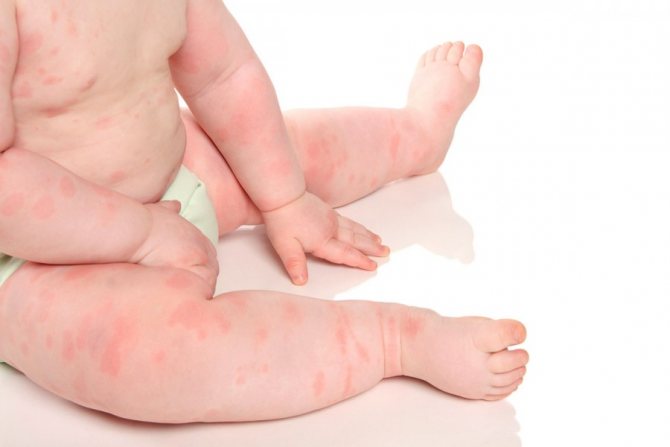
Diaper rash is considered the first stage of the onset of the disease. If diaper dermatitis is not treated, diaper rash will affect healthy areas of the skin.
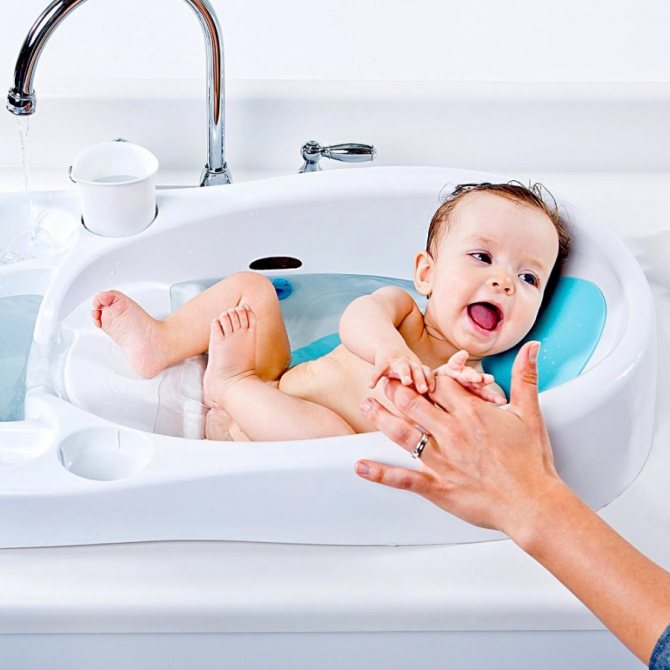
On the skin that is affected by diaper dermatitis, erosions, small wounds, peeling, blisters with cloudy liquid (dangerous from infection with fungi and staphylococcus), and crusts can form.

Origins of the problem
The constitutional characteristics of the infant, called diathesis, predispose to diaper dermatitis. In this case, it is exudative-catarrhal diathesis, manifested by a tendency to allergic reactions and damage to the skin. This condition is often observed in children whose parents are also prone to allergies.
On the other hand, a baby’s skin is more delicate and vulnerable compared to the skin of adults. Local immunity that has not yet formed and children's folds contribute to dermatological problems.
Another factor contributing to the development of diaper dermatitis can be called congenital or acquired immunodeficiencies.
The immediate causes of the disease should be considered errors in the care and monitoring of the child:
- Incorrect use of diapers. The popular baby care product has a fairly high price, so many young parents, concerned about saving money, rarely change the diaper. A long stay in a filled diaper contributes to increased humidity underneath and maceration of the delicate epithelial cover.
- Temperature violation. The baby's room is either too hot or too cold.
- Swimming in hard, chlorinated water, using antibacterial soap.
- The diaper market is wide and on the shelves of pharmacies and children's stores there is a large selection of products from different brands. Consider a sample, read reviews. Try to choose diapers that are less colored to avoid additional irritation. Make sure that they are the right size - the baby grows quickly and the elastic bands can put pressure on the legs.

- In girls, the problem develops more often. This is due to the structural features of the urinary system. Almost all of the boy's urine is absorbed on the front surface of the diaper. In girls, urine spills all over the diaper, getting onto the inguinal folds and buttocks. Some manufacturers produce products designed for boys with a padded front.
- Diapers and disposable diapers have a mechanically damaging effect on the skin.
- Feces in newborns are acidic. Therefore, children with unstable stools are more likely to be irritated by them. A more acidic reaction in bottle-fed babies. A change in the pH of the skin contributes not only to the disruption of barrier functions, but also to an imbalance of the microflora inhabiting the skin, which can change towards pathogenic.
How is diaper dermatitis diagnosed?
To diagnose the disease, the doctor will need to conduct diagnostic tests. Additionally, the doctor may refer the baby for a smear, which is taken from the affected area of the skin. This is necessary in order to determine the microflora of the lesion.

If the course of the disease is uncomplicated, the doctor can make the primary diagnosis during a clinical examination.
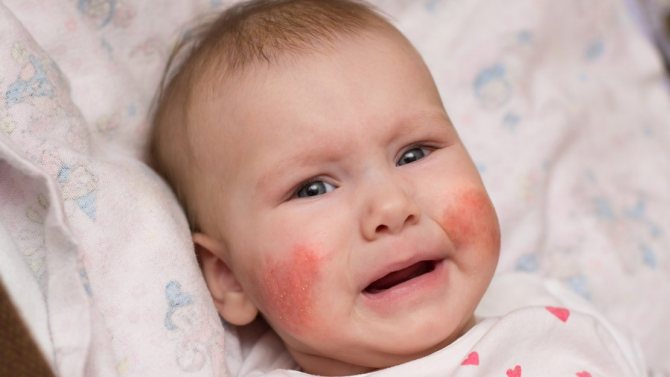
Treatment
The attending physician will tell parents how to treat diaper dermatitis. Treatment can be either therapeutic or medicinal.
Therapeutic treatment can be carried out using medications and folk remedies. Mandatory rules that cannot be violated are:
- personal hygiene;
- elimination of the inflammatory process with ointments and creams.
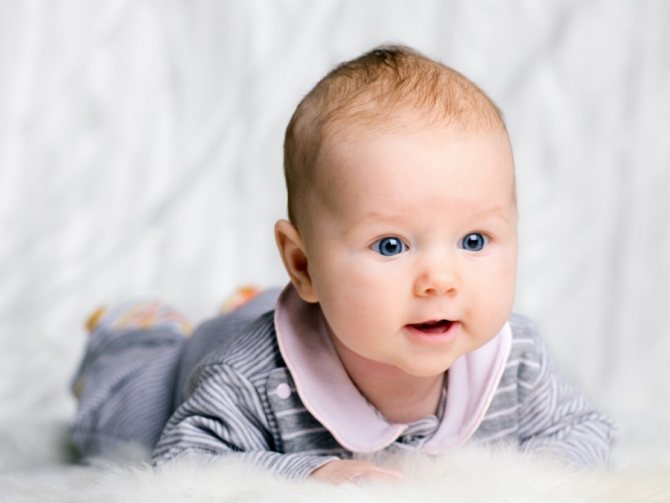
Drug therapy is carried out as follows:
- Removing the diaper. Rinse the affected area with clean warm running water - buttocks, groin.
- Restriction and, if possible, complete exclusion of the use of various hygiene products. It is best to use clean water or hypoallergenic products during this period.
- Be sure to blot moisture. It is forbidden to make rubbing movements with a towel.
- Air dry your baby's skin - leave him to dry.
- The affected areas of the skin can be lubricated with a remedy for diaper dermatitis - Lanolin, Desitin, Sudocrem, Bepanten gels and ointments.
- If a fungal infection is present, medications may be prescribed.
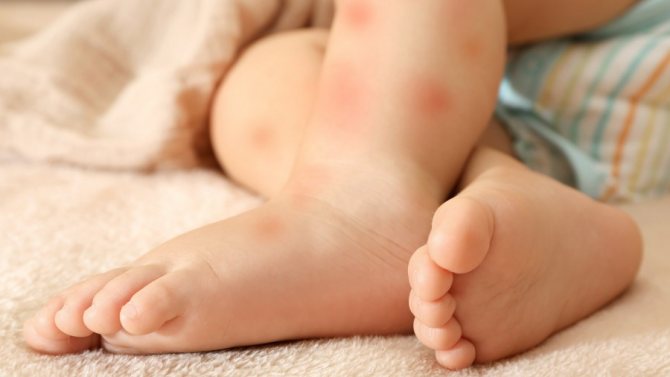
If diaper dermatitis is detected in a child, it is imperative to seek qualified help from a therapist. If necessary, he can refer the child for a consultation with a dermatologist.
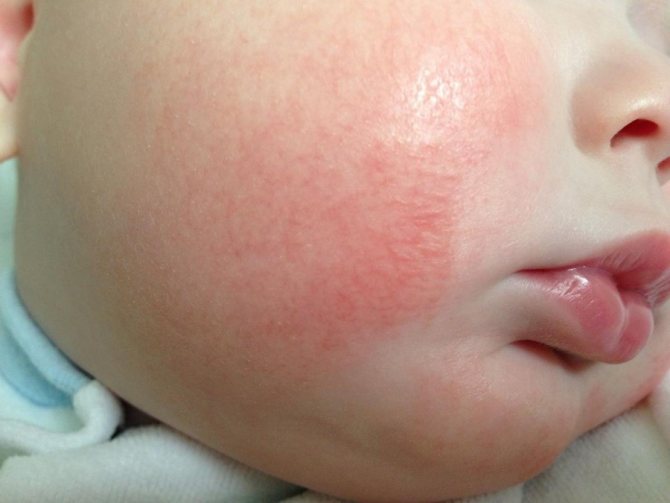
Characteristic symptoms and signs
Diaper dermatitis can manifest itself in different ways, it all depends on the type and severity of the pathology:
- a mild degree of the disease is accompanied by redness of the skin in a certain area, as well as the appearance of rashes and swelling of the tissues. In the affected areas, the skin temperature may increase. If the problem is not corrected in a timely manner, the inflammatory process will become moderately severe;
- with a moderate degree of inflammation, the redness of the affected area increases. The appearance of pustules, cracks, and erosions is possible. The wounds hurt, so the child becomes irritable, whiny, and his appetite worsens;
- severe dermatitis is manifested by an even greater deterioration of the condition. Cracks and wounds increase in size. Often there is a detachment of the outer layer of skin followed by the appearance of ulcers. At this stage, the temperature may rise.
Timely elimination of diaper dermatitis is the key to the absence of complications and the progression of the disease from mild to moderate or severe, so parents of the baby should carefully monitor the condition of the child’s skin and, if alarming signs are detected, immediately take measures to eliminate the problem.



